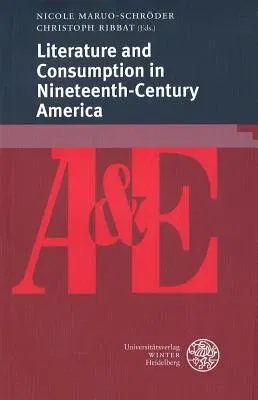Literature and Consumption in Nineteenth-Century AmericaPaperback, 1 July 2014

Qty
1
Turbo
Ships in 2 - 3 days
In Stock
Free Delivery
Cash on Delivery
15 Days
Free Returns
Secure Checkout

Part of Series
Anglistik & Englischunterricht
Print Length
171 pages
Language
English
Publisher
Universitatsverlag Winter
Date Published
1 Jul 2014
ISBN-10
3825363694
ISBN-13
9783825363697
Description
Product Details
Book Format:
Paperback
Country of Origin:
US
Date Published:
1 July 2014
ISBN-10:
3825363694
ISBN-13:
9783825363697
Language:
English
Location:
Heidelberg
Pages:
171
Publisher: